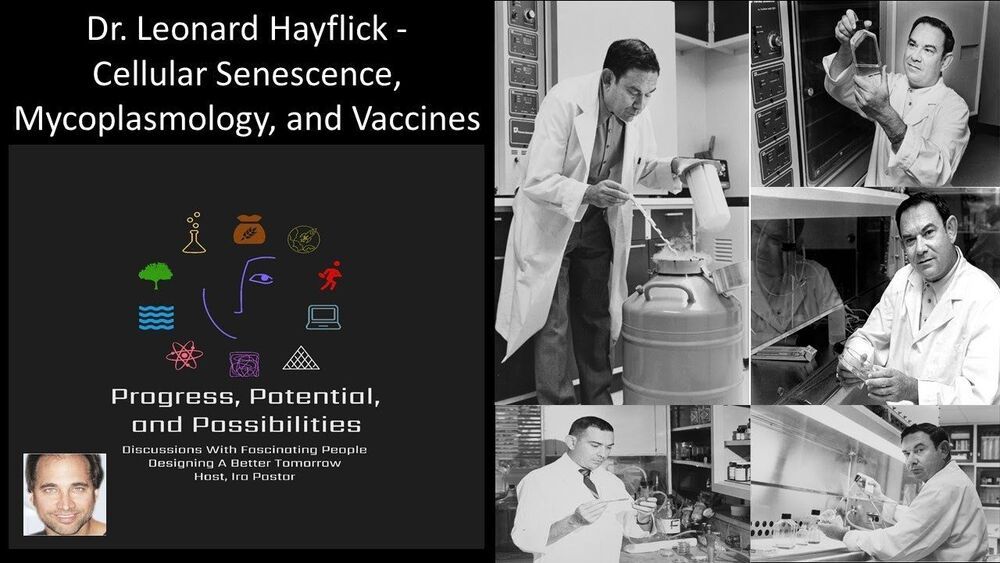Dr leonard hayflick — father of cell senescence!
Dr. Leonard Hayflick, is Professor of Anatomy, University of California, San Francisco School of Medicine, where he has been part of the faculty since 1988.
Dr. Hayflick received his Ph.D. at the University of Pennsylvania, did a post-doctoral fellowship at the University of Texas under the tutelage of the renowned cell culturist Prof. Charles Pomerat, and then returned to Philadelphia, where he spent ten years as an Associate Member of the Wistar Institute, and two years as an Assistant Professor of Research Medicine at the University of Pennsylvania.
Dr. Hayflick is extremely well known for his research in a range of domains including cell biology, virus vaccine development, and mycoplasmology.
In 1962 he discovered that, contrary to what was believed since the turn of the century, cultured normal human and animal cells have a limited capacity to replicate. This phenomenon became known as “The Hayflick Limit” which became a discovery that overturned a dogma that existed since early in the twentieth century and focused attention on the cell as the fundamental location of age changes.
Dr. Hayflick is a member of numerous national and international scientific and public boards of directors and committees. He is now, or has been, on the Editorial Boards of more than ten professional journals including as Editor-in-Chief of the international journal “EXPERIMENTAL GERONTOLOGY”
He is a member of twenty scientific and professional societies in which he has held high offices including President of the Gerontological Society of America, a founding member of the Council of the National Institute on Aging, NIH and Chairman of its’ Executive Committee, consultant to the National Cancer Institute, the World Health Organization and member of several scientific advisory boards. He was also Chairman of the Scientific Review Board of the American Federation for Aging Research where he was also a Vice President and a Member of the Board of Directors.
Dr. Hayflick is the author of the popular book, “How and Why We Age” and was also a consultant at Genentech from a year after its founding and for the next 25 years where he was instrumental in developing their technology for growing animal cells in fermentation tanks in which most of their billion $$ blockbuster biologics products were produced.
